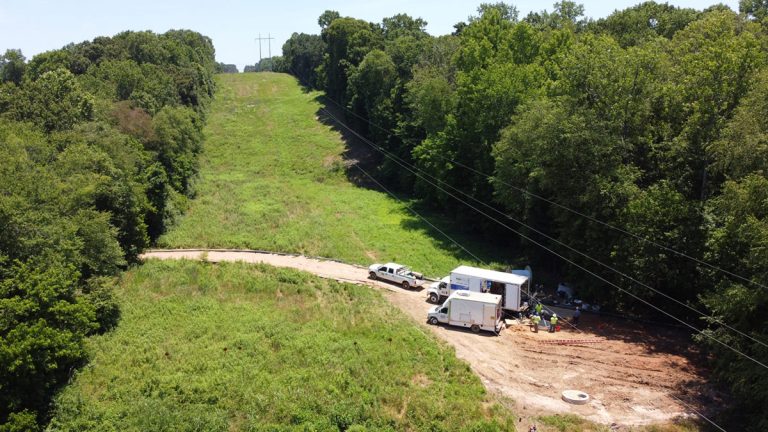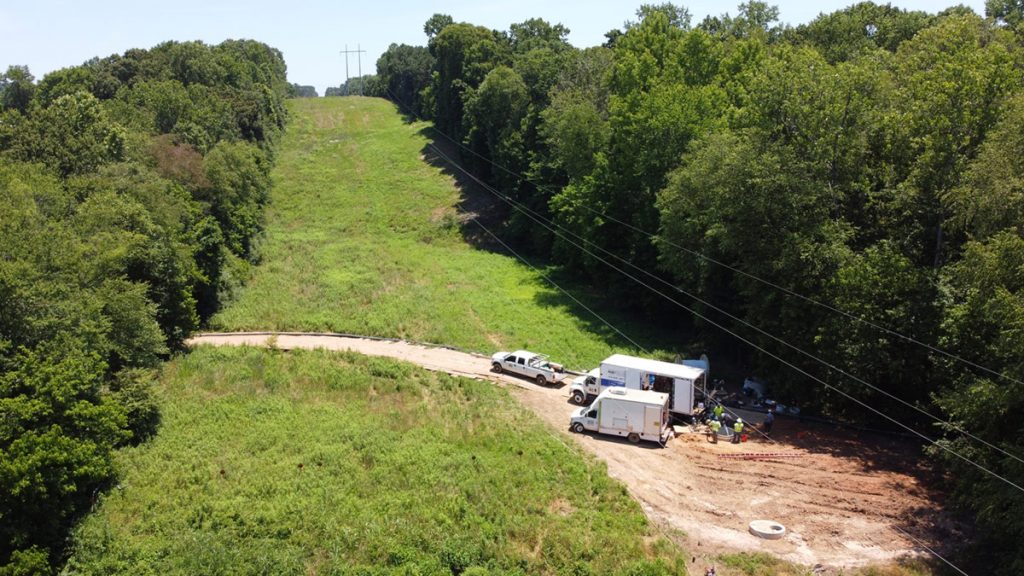
As societies strive for more sustainable practices, it becomes crucial to explore environmentally friendly solutions in various industries. Spiral wound pipe rehabilitation, as a trenchless technology method, offers significant environmental benefits by reducing the carbon footprint associated with pipeline infrastructure projects. This blog post will delve into the specific ways in which spiral wound pipe rehabilitation helps mitigate environmental impact and contribute to a greener future.
Minimized Excavation and Land Disruption:
One of the key environmental advantages of spiral wound pipe rehabilitation is the minimal need for excavation. Unlike traditional dig-and-replace methods, spiral wound rehabilitation requires less digging, reducing land disturbance and preserving the natural landscape. The installation process for SEKISUI SPR material is a mechanical process. Our fully mechanical process does not require the use of any chemicals. This approach helps protect ecosystems, minimize habitat disruption, and conserve biodiversity in the project area.
Reduced Material Consumption:
By rehabilitating existing pipelines rather than replacing them entirely, spiral wound pipe rehabilitation reduces the demand for new construction materials. This reduction in material consumption leads to fewer resources extracted, processed, and transported, thereby minimizing associated energy consumption and carbon emissions. Additionally, it helps divert waste from landfills by extending the lifespan of the existing pipeline infrastructure.
Energy Conservation:
Spiral wound pipe rehabilitation also contributes to energy conservation. By rehabilitating pipelines in place, it eliminates the need for pumping and treating water or other fluids over long distances, which would be required in the case of constructing entirely new pipelines. The energy savings from reduced pumping requirements and associated emissions are substantial, especially in large-scale projects or those involving long-distance transmission lines.
Improved Operational Efficiency:
Spiral wound pipe rehabilitation often leads to improved hydraulic performance of the rehabilitated pipelines. These improvements include increased flow capacity and reduced leaks and breaks. By enhancing operational efficiency, spiral wound rehabilitation helps reduce the energy required for pumping, treatment, and distribution processes. This translates into lower energy consumption and associated greenhouse gas emissions over the long term.
Longevity and Sustainable Infrastructure:
When pipelines are rehabilitated using spiral wound technology, they gain increased structural integrity and durability. The resulting extended lifespan of the rehabilitated pipelines reduces the need for frequent repairs, replacements, and subsequent carbon-intensive construction activities. This promotes sustainable infrastructure development by ensuring long-term functionality and reducing the overall environmental impact of pipeline systems.
Conclusion:
Spiral wound pipe rehabilitation offers several environmental benefits, including reduced excavation and land disruption, minimized material consumption, energy conservation, improved operational efficiency, and the creation of sustainable infrastructure. By embracing trenchless technology methods like spiral wound rehabilitation, the pipe rehabilitation industry can play a vital role in reducing carbon footprints, mitigating environmental impact, and moving towards a greener and more sustainable future.


